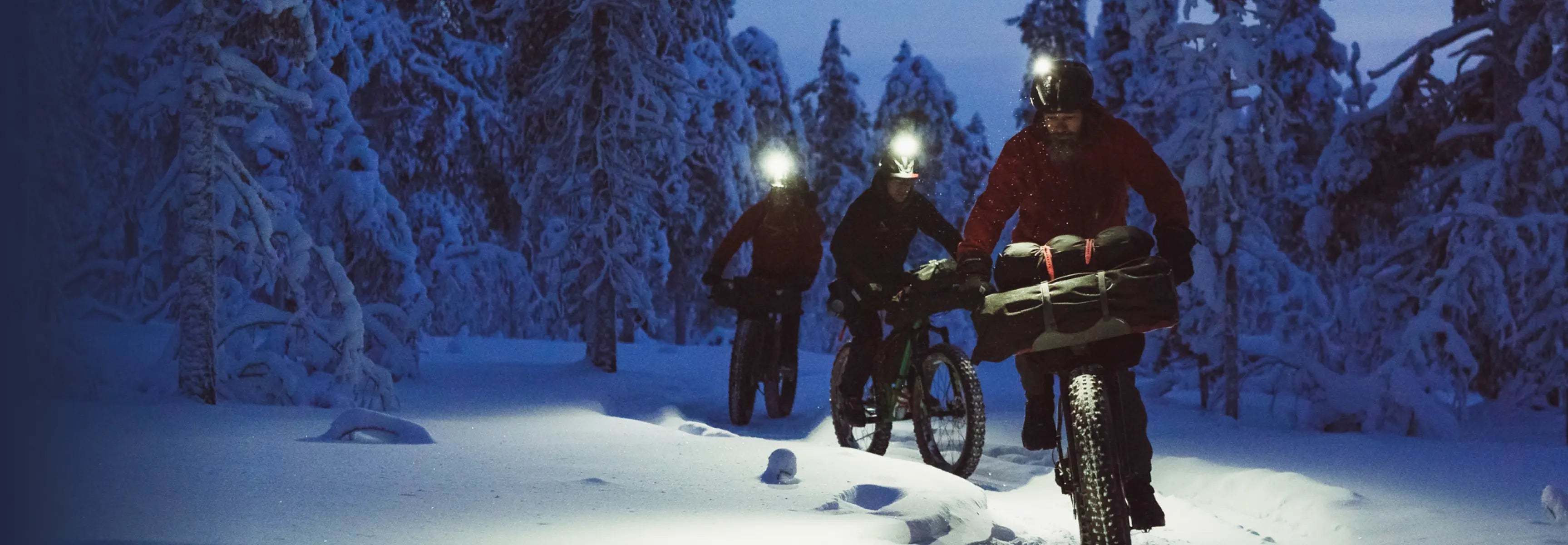
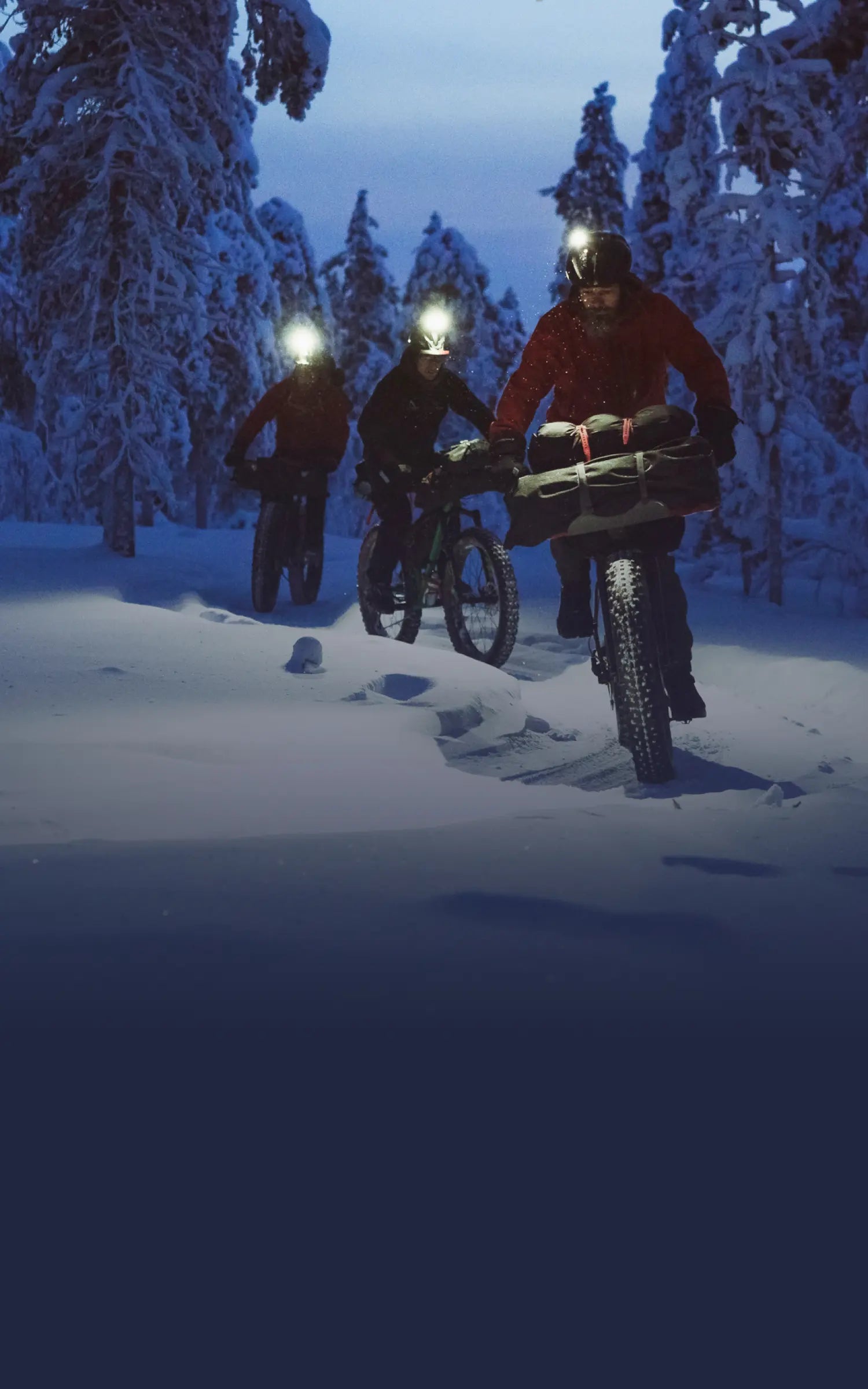
Suunto Blog

Saeed Rashid takes over @suuntodive Instagram
Who are you and where are you from?
My name is Saeed Rashid, I live on the south coast of England in the town of Bournemouth, 20-minute walk from what I think is one of the best sandy beaches in England.
Where do you dive?
I travel a lot and mostly to Asia and like most people in Europe, the Red Sea, which is really above all over places my underwater playground. But I also try and get a few dives in at home, I have a local pier in Swange, Dorset that is a great place to chill out in the shallows with my camera
What inspires you in the underwater world?
I know it sounds a cliché, but just being underwater inspires me, finding a cool little critter that I’ve never seen before inspires me, helping others to capture their dives in a photograph inspires me. I love seeing the work of other photographers of places and things I’ve never seen and imagining the excitement they had at the time of taking them.
How would you describe your photography style?
I’m not sure I have a style, if I do it is in constant flux and changing all the time. I just try and capture each image as I see it
Is there a story you wish to tell with your images?
When I’m teaching underwater photography I try to get my students to think of themselves as not photographers but as storytellers. There is also a story to tell, however big or small.
You also teach photography. Can you tell us a bit about that?
I have a day job in which among many other things I teaching photojournalism at Bournemouth University. But I’m also very fortunate to be able to travel and teach underwater photography in amazing locations. I work with a couple of UK travel agents (Oonas Divers, Ultimate Diving and The Scuba Place) where I take small groups away to some wonderful destinations such as Indonesia, Philippines and Egypt and help them with their own photographic skills. I teach all levels, it’s great seeing those that are both completely new start to understand the basics and I’m able to get them to banish the blues of their images and as well as those that are pushing their skills further and producing amazing imagery. The best feeling in the world is when one of my own students teaches me something I never knew before, that really is great.
And where to follow your adventures?
I have a website focusvisuals.com that I try to keep as updated as possible.
I’m also all over social media:
www.facebook.com/focusvisuals/
www.instagram.com/saeedrashid01/
www.twitter.com/saeedrashid
Follow @suuntodive on Instagram
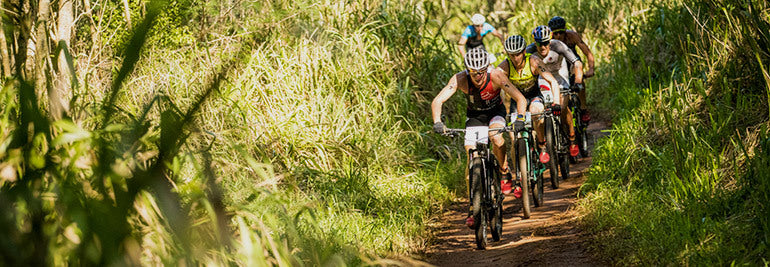
Almost, but not quite: Mau Méndez on ‘hard racing’ at the XTERRA World Championships
“It was a tough race.” So says Mauricio ‘Mau’ Méndez – although his version of a ‘tough race’ is a something closer to most people’s achievement of a lifetime. Returning to Maui as the reigning XTERRA world champion, the 21-year-old triathlete from Mexico City was hoping to prolong his reign – but a rough swim to start the race got the best of him. And while he couldn’t quite catch up to South African Brad Weiss, he managed quite a respectable finish: 2nd place, maintaining his place on the podium.
No time to enjoy the scenery on the Razor Ridge. (©Mike Adrian / XTERRA)
Despite conditions on the ground-side of the course being solid – it had been raining for two days prior, but the course was dry and fast – things went bad from the start for Mau: he finished the swim in ninth place. “It was way rougher than usual,” Méndez said of Maui’s DT Fleming Beach – often protected, on the windward side of the island. “It was difficult even for the best swimmers to catch a rhythm.” He got out of the water only to begin battle straight away with bike expert Ruben Ruzafa – still struggling for rhythm. It was finally on the run that things came together – on the course he’d scouted with his dad prior to the race, he was able to go from fourth to second, gaining a couple of minutes and catching Ruzafa on the last stretch of sand before the finish line.
Mau ran the fastest time of the day. (©Mike Adrian / XTERRA)
Keeping him ticking on the race course was a customized Spartan Ultra, a newly appreciated tool in his XTERRA quiver. “It’s a great watch,” he says. “It does everything I need it to do.”
What’s happening next year? Well, he’s starting early. “Normally I wait to start my training season until March or April, but this year I’m going to start in January to try and prepare myself a little better,” says Mau. "Having a second place is great,” he continues “But from right now until October 28th next year, I am going to be thinking of one thing and that’s getting that title back.”
Main image ©Jesse Peters / XTERRA
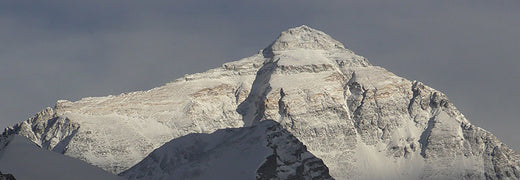
When to use your watch to get you home? Whenever you need it
The entire mountaineering world knows Kilian Jornet had not one summit this year on Everest without oxygen, but two. The first of them was record-breaking – a mere 26 hours after leaving the Everest Base Camp at 5,100m. The second was ‘just for fun’ – he was there, he felt good, so, why not do it again?
A lot of things are different at 8,000 m and above. It’s politely referred to as ‘the death zone’ with good reason – people die there, simply because they are there. In the death zone, the human body simply can’t survive for long periods of time. An extended stay without supplementary oxygen will result in deterioration of bodily functions, loss of consciousness, and, ultimately, death.
Getting into it is not a decision to be taken lightly – and getting out of it is imperative. So when record-holding Kilian Jornet lost his way while descending from 8848 m on Everest, his next few decisions would be crucial – his life would literally depend on them.
“Going down from my second ascent on Everest I got lost. It was a heavy snowfall and in the middle of the night and around 8300 m and I was traversing on technical terrain. My brain wasn’t working really well, and I had no clue where I was. Visibility was poor – I could sometimes only see about five meters in front of me – sometimes just two.”
He had left the normal route around 8300 m – and in fact, he is not even sure why. “I have a sort of "black moment" where I can't remember anything. In that time I left the normal route, but I can't remember exactly when or why.” He was clearly suffering the effects of high altitude. And of course, it was snowing: a half a meter during the night, further increasing the difficulty of navigation.
Lucky for him, he had a tool, and the presence of mind to use it: his Suunto GPS watch, which had been recording his path since he left Advanced Base Camp at 6400 m 23 hours ago. Accessing the trackback feature, he realized that he’d made a 90º degree turn to the left, and continued to traverse for one kilometer off of the normal route, and leaving him in the middle of the North Face. It was clear: he had to move in the entirely opposite direction. He did so, until he got back to the normal ridge.
In the new era of fast, light alpinism, going solo has its benefits: you’re quicker, and often, quicker is safer. "I use it about a dozen times in a year,” says Jornet. “When it’s really bad weather or really foggy, if I’m going somewhere with a lot of ridges and cornices – often, it’s really about reducing risk as much as it is about finding the way home.” This brings us to a curious realization – it’s not a last-ditch, all-odds-are-against us survival tool – it’s something to keep you from getting into that situation entirely.
That said, Jornet recognizes clearly the severe potential consequences of his situation on Everest. Without Trackback, he likely would have hunkered down in the cold for four or five more hours until daylight – and the consequences of that could have been severe. “There’s no question for me,” he says. “This feature saves lives. For sure.”
Learn how to navigate with Suunto Spartan watches or how to use Trackback on Suunto Ambit watches.
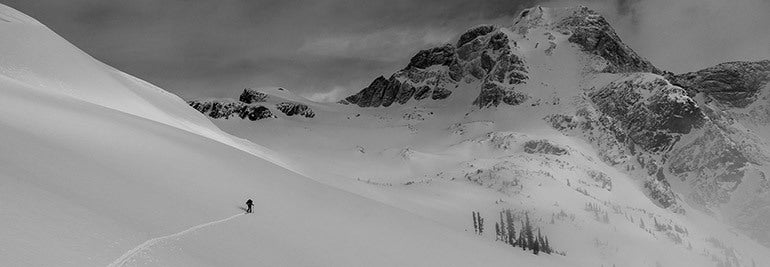
Yes, you can use your Suunto in the mountains for ten straight days
It’s no secret that for years I have been addicted to recording my adventures. It started out in the pre-tech era with my first ski traverse in 2001. A 5-day loop through the mountains where we skinned and skied our way around the Hurley Horseshoe traverse. Afterwards, I remember taking a pencil and reliving our traverse by drawing in our up and downs, our summits and creek crossings.
The habit grew on me. It got to the point where I had maps tacked up on my walls with lines drawn all over them. My documentation led me to go to where there were no lines and I would explore all day and return to fill in the blanks.
When Suunto came out with the Ambit my addiction evolved. All of the sudden my pencil lines on flat maps became 3D lines laid over satellite images. I could go on a wild excursion, come home and place a line onto mountaintops and down steep ski descents. My adventures became more interactive and ‘lived’ online. Since then I have always imported all my lines, from Norway to Pakistan to remote Canadian mountaintops – and now I can see all my efforts overlaying the world. It’s truly amazing.
Since that first ski traverse in 2001, I have done 10 multi-day traverses – up to 21 days long – but my last was in 2009.
This year as we prepared for a 10-day trip I wondered: would I be able to use my watch to log every day? We hoped to be completely self-sufficient – every gram added to the 20+ kilos of weight on our backs. I would not bring anything extra. Which meant that I did not want to bring a solar charger or battery pack for my Suunto Spartan Ultra.
Of course, I wanted to have this entire expedition logged – but would the watch really last long enough? With a few tweaks to settings, I could theoretically give the watch enough battery for 65 hours of skinning and shredding. Well… maybe not shredding, since our bags did weight a lot.
We started the trip on April 16th and hitchhiked our way to the start. I woke up sick, with low energy, but the wheels were in motion and I felt like I could not let the team down.
The Monashee traverse is a ski tour through the rugged Columbia mountains that sit to the west of Revelstoke. Once you get it, there are no ski lifts, no towns – just one cabin and a 100 km of skiing from South to North. It is not particularly remote, but it is challenging. With mountains peaking around 3000m, huge granite walls and heavily glaciated terrain, success was never guaranteed.
For the first four days the weather was stormy, and the avalanche hazard went really high. This was the most challenging terrain to negotiate but as luck would have it our bigger descents, and more committing ascents, had already slid – the only reason we were able to move through this complex terrain.
Ski traverses have a simplicity to them that is very rewarding. Each day the challenges are simple, eat, travel through complex unknown terrain, stay safe, eat, drop the big bags and ski a little, find a great place to camp, eat, sleep and repeat. Daily new views are seen and appreciated.
We fell into a routine and moved endlessly north. Most of our challenges were weather based and we persevered forwards. On the day of our lowest morale, we also experienced our best sunset and northern lights, which rejuvenated our excitement and desire to dig deep and push forward.
7 days in and my watch was still recording each day. But with 3 days to go and 30% battery power I wondered – would it last?
Finally, the weather got better and we managed a couple of great ski lines. Chris Rubens got a great line in the alpenglow on Mt Mulvahill.
10 days of touring finally had us boot packing up Mt Begbie, Revelstoke’s signature mountain. The watch was still going and we were all exhausted and excited to be finishing off with this summit.
All-in-all we ski toured 100km, including 10,000m of ups and downs, and over 68 hours of logged lines. The watch made it through. Was it all worth it? I think Chris’s last turns answer that question.
All images © Greg Hill and Chris Rubens
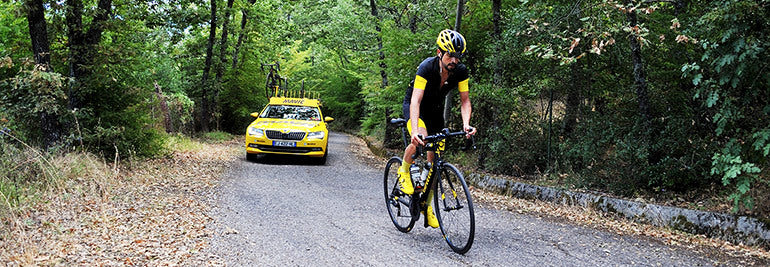
During a 3,380km ride you don’t know what will hurt the most
When Omar di Felice planned his little bike ride around Italy, he knew a lot of it would not be easy. After all, he planned to barely sleep while pedaling over 3,000km, leaving clockwise from Rome, and returned just over a week later. Of course, a trip like this takes meticulous planning – every road, every hill, every kilometer.
So that’s why the surprise was a surprise: “The toughest part was the south of Italy. I didn’t know the route very well, and I found tough, short climbs and hard asphalt! It was a real surprise considering the fact that the toughest part in my idea would be the Alps segment of my race.”
After a rough start, Sicily and Sardinia were easy going – “Peaceful landscapes, hills, and perfect weather,” says Omar. “Seeing the dawn from the top of Etna mountain was on of my favourite moments.” In Genoa, he found a welcome surprise: crowds from his hometown out to greet him and show their support – including the mother of Marco Pantani, a legend of Italian cycling.
Over the eight days, di Felice used three different bikes – a Wilier 110 Air – an aero bike to push fast during the flat parts – a Wilier 110 NDR with disc brakes systems for comfortable riding, and a Wilier Zero.6 for minimal weight during the toughest climbs. The funniest bit? In 3380km, he didn’t have a single flat.
Omar’s sleep schedule was extremely sporadic – he’d grab about grab about an hour a and half of sleep every 15 hours, in addition to other short breaks, before a luxurious three-hour nap before his last push to the finish. But this unrelenting regime allowed him to complete the massive ride in just 8 days and 21 hours. Since the route was one of his own choosing, it’s unquestionably a world record for that particular route, but hard to place in the canon world cycling records, where others have gone further in less time – albeit with significantly less climbing than di Felice.
The end was the most glorious: “The last two days were the best part of my ride,” says Omar. “I felt great, and really happy that everything had gone well until that moment, and I really enjoyed the route back to the finish line.” He enjoyed it so much he’s already planning the next one. “Of course it was really tough and now I need a long rest period but I’m sure I will do something similar in the future. Why not!”
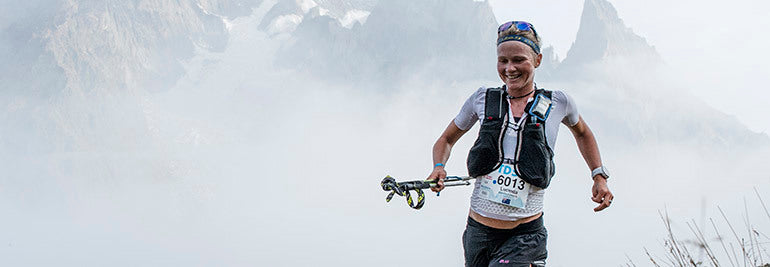
Lucy Bartholomew on how to almost quit... then not
Ultra-runner Lucy Bartholomew is known for a few things: being an up-and-coming young gun on the distance scene, her constant grin, and of course, “bein’ ‘Strayan”. (That’s ‘being Australian’, in case you couldn’t figure it out.) After this year’s UTMB weekend, she’ll be known for another thing: comebacks. After contemplating a voluntary DNF just 30kms into the 120km TDS race at UTMB weekend, Lucy found a spark and picked up 25 female places, finishing the last 7km at a blazing 4:00/km pace, and taking 5th place overall for women.
“I was having some tummy issues early one in the race – and I just couldn’t get anything down. Water, food, gels – the second I brought it up to my lips I felt nauseous, and anything I forced down was just coming back up,” she says. Not long after the six A.M. start, Bartholomew was forced to walk a 15km downhill – which, as any runner can tell you, is a poor place to be losing time. “I think the extra jolting of the downhill just upset my stomach even more,” she said.
It was a shame – Bartholomew had been in Chamonix training and doing reccy for four weeks prior to the race, and she was coming off an impressive finish in the Mont Blanc 80, taking an unexpected 2nd place. The TDS route – more remote, with fewer aid stations, and more vertical per kilometer than UTMB – was to her liking. So coming off the downhill, she was going slowly and just waiting for her support – in fact, her dad who was also in the race – to catch her. “He probably would have told me to stop,” she says. What kept her going? Knowing what was coming – she’d done a proper three-day reccy before the race, giving her a solid overview of the entire course. “I think that helped – knowing what was ahead, no surprises.” And now? “Now I’m kind of glad he never drove by – it was something I needed to get through myself – and I learned a lot about myself out there.”
Nine hours into the race, she managed to get a shot block down her throat, and it stuck. “I’ve never been hit so hard by the sugar in my life,” says Bartholomew. “I think it was because I was just so empty. It really gave me a jolt and let me get back in the race.” She started passing racers, eventually roaring into town at the afore-mentioned speed, passing her last female competitor just 400 yards before the finish line.
While Bartholomew was still ‘disappointed’, the rest of us can agree: it was impressive display of resilience for the young runner. Now that it’s over, what’s in the plans? Lucy is happy to be home – and of course – more running. “It feels like I never left Australia – pretty happy to get back to my routine.” Potential upcoming races include the Ultra Trail Ning Hai in China – she’s not sure if she’ll do the 50 or the 100 – and the Capetown 100 in South Africa.
Next year, she might venture on to American soil. “I’d love to do the Hard Rock,” she says, “but I know people who have waited to get in [via lottery] for eight years!” Definitely not on the list? The Barkley Marathons or anything like it – navigation is not her game. “If it’s not on my Suunto watch, I’m not running – I’m not tough enough for that!”
Images by Damien Rosso / Droz Photo










































































